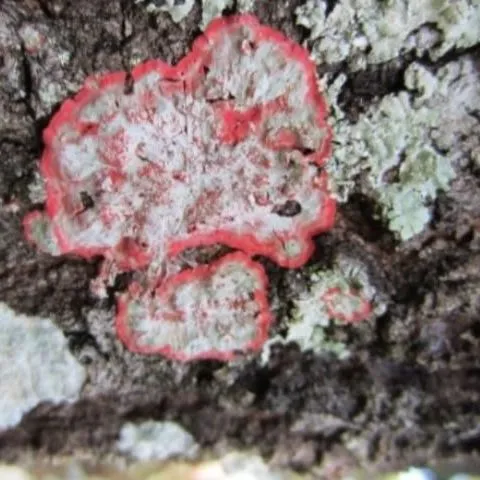Plants
Available Languages:
English
Narrower Topics
Aquatic and Wetland Plants
Aquatic Plants
Plants that grow in water either floating on the surface, growing up from the bottom of the body of water or growing under the surface of the water. [NALT]
Any microscopic or macroscopic vegetal organism living in the aquatic environment, excluding bacteria and viruses. [AGROVOC]
Wetland Plants
Plants adapted for survival in soils frequently saturated with surface or groundwater. [NALT]
Botany
The study of the origin, structure, development, growth, function, genetics, and reproduction of plants.
Related Topics: Plants, Dunes, Ecosystem Restoration
Related Topics: Plants, Flowers
Related Topics: Plants, Forest Resources
Related Topics: Plants, Lawn and Garden Care, Gardens
Greenhouse Production
production of crops in a greenhouse structure.
Groundcovers
Plants that are low-growing, form a dense mat of foliage, and spread easily by stolons, runners or rhizomes.
Related Topics: Plants
Related Topics: North Florida, Plants, Lawn and Garden: Plants, Plant Selection Guides
Lawns and Turf
A healthy lawn increases the value of a property, reduces soil erosion, cools the air, and reduces glare and noise. It also filters and traps sediment and pollutants that could otherwise contaminate surface waters and groundwater.
Related Topics: Diseases, Nursery Production, Plants, Ornamental Organisms
Nutrient Management
Nutrient management is the science and practice directed to link soil, crop, weather, and hydrologic factors with cultural, irrigation, and soil and water conservation practices to achieve optimal nutrient use efficiency, crop yields, crop quality, and economic returns, while reducing off-site transport of nutrients (fertilizer) that may impact the environment.
Related Topics: Nursery Production, Plants, Ornamental Organisms, Green Industry
Related Topics: Plants
Perennials
A plant that normally lives for more than two years. Trees and shrubs are perennial plants. Some perennials die back to the roots each winter but new shoots grow again in the spring.
Related Topics: Plants
Plant Breeding
Plant breeding is the science of genetically improving plants for the benefit of humankind. [AGROVOC]
Plant Health
The physical health of plants for food production, including the presence, risk and control of diseases. [AGROVOC]
Related Topics: Plants, People
Shrubs
Woody perennial plants without a well defined main stem
Tropical Plants
Entry terms: tropical trees
Vines
Woody or herbaceous plants which produce flexible stems that climb, trail, or creep. Vines may lie prostrate on the ground or have tendrils, twining stems, or other mechanisms to cling to natural and manmade structures.
